
This is Church Street, the pedestrian street in Burlington where people go to shop and eat and such. It's a nice place to walk to and only a 10 minute walk or so from my place. However, like most tourist areas, most of the best restaurants and bars are at least a block or two off the main drag (you can't go far because burlington is pretty small).

This is Indian Pipe, a plant that is parasitic either on fungi or on another plant. There was TONS of it last week popping up in Centennial Woods, a little forest preserve owned by UVM.

I live right by Battery Park, a really neat park on a bluff overlooking Lake Champlain (I can almost see the lake from my house but not quite). Here's the view from Battery Park looking out at Burlington Harbor.

There is water EVERYWHERE! It is normally a very wet area, and this summer has been wetter than average, although there's only been one day since I got here when it rained more than an hour or so at a time. Anyway, this is on the trail to Camel's Hump. Camel's Hump is one of the taller mountains in Vermont, and Eli and I hiked up it before he went back to Atlanta.
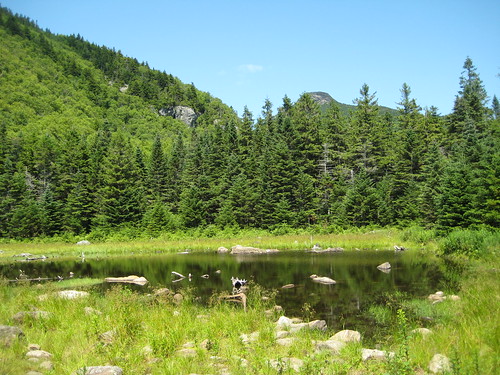
Pond below Camel's Hump... the map says it is a beaver dam but we didn't see any lodges or dams or anything. That's Camel's Hump in the background.
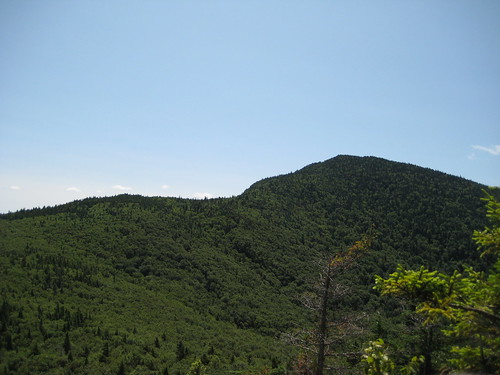
This is Mt. Ethan Allen. When I first came to Vermont it seemed like there weren't really distinct vegetation communities like there are in California. But in some cases there are. If you look closely you can see dark green conifers - probably firs and spruces. This is an example of the boreal forest that covers a lot of Canada, but in Vermont is mostly at higher elevations or in the northeast corner of the state.
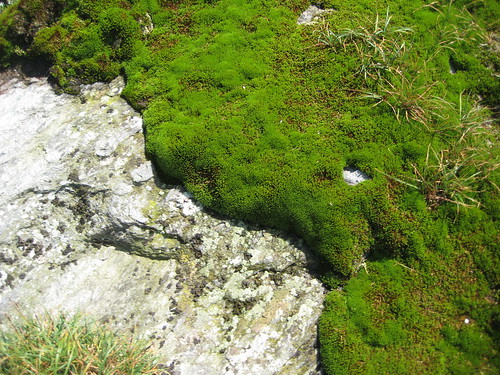
Alpine vegetation! Even though Camel's Hump is barely over 4000 feet, it supports a small (10 acre) area of true Alpine vegetation, just like that seen in the Arctic or at 12,000 feet in the Sierras. It was weird being in an alpine area and not being out of breath (due to altitude).

Lichens, alpine grass, and the tiniest (and probably only) 'alpine lake' in Vermont.
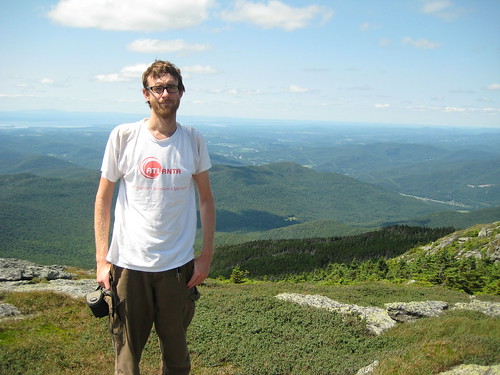
Me looking disheveled on the peak. The reason I look even more disheveled than usual is because the trail gains almost 3000 feet in around 3 miles, and most of it is in the last mile.
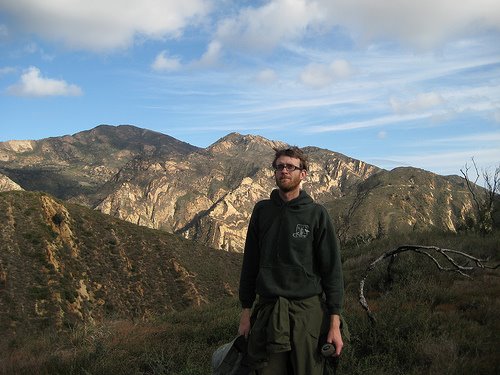
1 comment:
Post a Comment